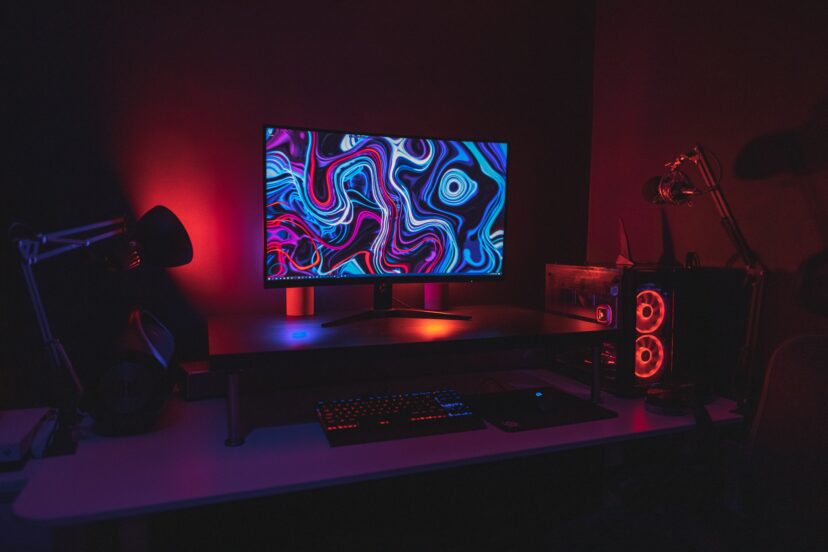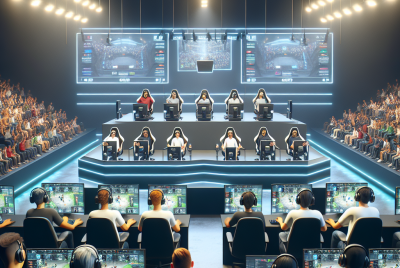Is An OLED Monitor Good For Gaming?
We’ve all heard about the impressive picture quality and deep blacks of OLED TVs, but what about OLED monitors? In the world of gaming, where every detail matters and smooth graphics are essential, the thought of gaming on an OLED monitor is intriguing. Today, we’ll explore whether an OLED monitor is a good choice for gamers, considering factors like response time, color accuracy, and overall gaming experience. So, if you’re an avid gamer searching for the next level of visual immersion, join us as we uncover the potential of OLED monitors in the gaming realm.
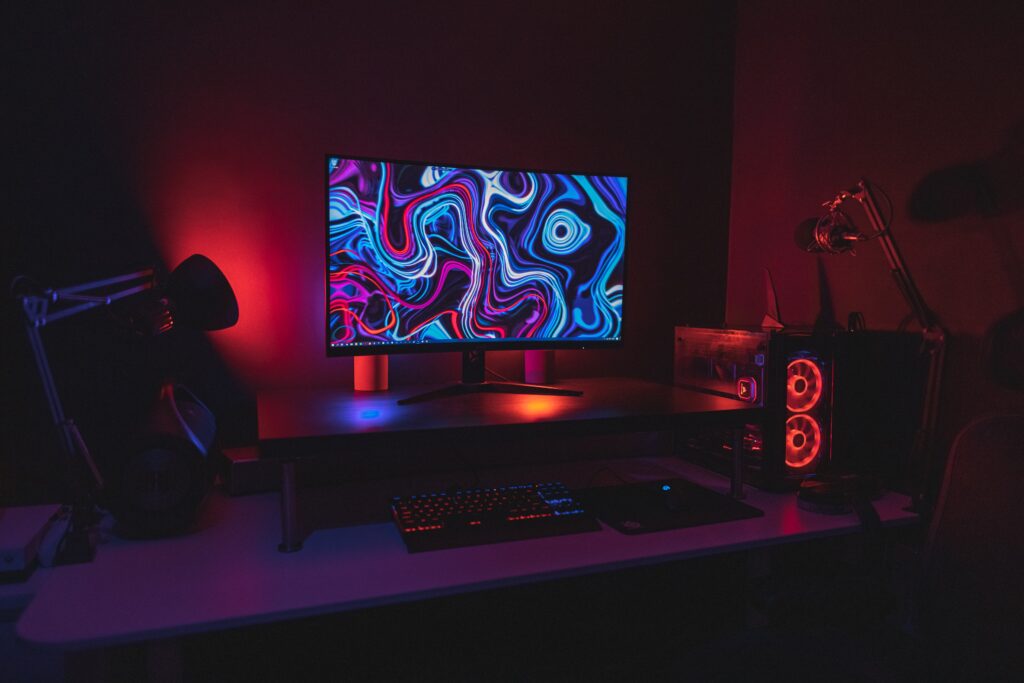
Benefits of OLED Technology for Gaming
Vibrant Colors
One of the biggest advantages of gaming on an OLED monitor is the vibrant colors it produces. OLED (organic light-emitting diode) technology is known for its ability to display rich and vibrant colors that pop off the screen. This results in a more immersive gaming experience, as the colors on the monitor accurately represent the developer’s intended vision for the game. Whether it’s the lush greens of a forest or the bright explosions of a first-person shooter, OLED technology brings games to life.
Deep Blacks
Another major benefit of OLED technology for gaming is the deep blacks it can achieve. Unlike LCD monitors, which use a backlight to illuminate the pixels, OLED displays emit light on a pixel-by-pixel basis. This means that when a pixel is turned off, it produces true black, without any light bleeding through. The result is a high contrast ratio and excellent black levels, making dark scenes in games look more detailed and realistic. Shadows appear deeper and more dynamic, adding to the overall immersion and enhancing the gaming experience.
Fast Response Time
OLED monitors also offer fast response times, which is crucial for gaming. Response time refers to how quickly a pixel can change from one color to another. With OLED technology, each pixel can react and change colors in a matter of microseconds. This eliminates motion blur and ghosting, allowing for sharp and crisp visuals even during fast-paced gameplay. Whether you’re engaged in a high-speed race or engaging in intense combat, an OLED monitor ensures that every moment is displayed with utmost clarity and precision.
Considerations for Gaming on an OLED Monitor
Burn-In Risk
One important consideration when gaming on an OLED monitor is the risk of burn-in. Burn-in occurs when a static image is displayed on the screen for an extended period, causing certain pixels to degrade at a faster rate than others. This can result in permanent image retention, where the ghost of the static image remains visible even when the screen content changes. To mitigate burn-in risk, it is recommended to take regular breaks, avoid leaving static images on the screen for long durations, and enable features like screen savers or pixel shifting.
Image Retention
In addition to burn-in, OLED monitors are also susceptible to image retention. Image retention occurs when a residual image remains on the screen temporarily, even after the static image has been removed. While image retention is not permanent like burn-in, it can still be a concern for gamers. To reduce the likelihood of image retention, it is advisable to vary the content displayed on the screen, avoid high-brightness static images for prolonged periods, and utilize features like pixel refresher, if available, to help prolong the lifespan of the display.
Limited Brightness
Another consideration when gaming on an OLED monitor is the limited brightness compared to other display technologies. OLED displays can produce deep blacks, as mentioned earlier, but their maximum brightness capability is generally lower than LCD or LED monitors. While this may not adversely affect most gaming scenarios, it could impact visibility in brightly lit environments or during HDR gaming, where peak brightness is essential. When choosing an OLED monitor, it’s important to consider the typical lighting conditions in your gaming environment and ensure that the brightness levels meet your preferences and requirements.
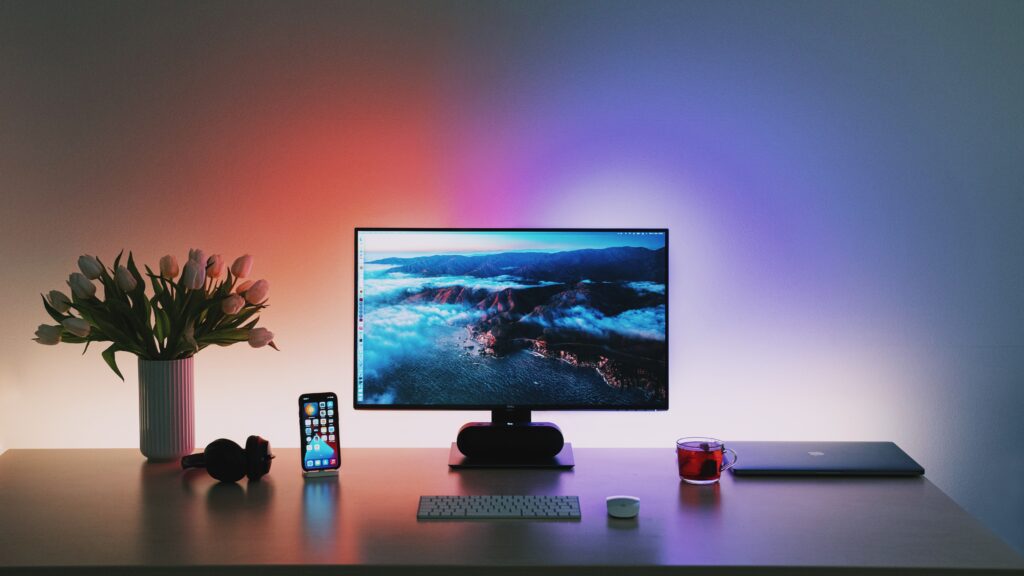
Comparing OLED to other Gaming Monitor Technologies
OLED vs LCD
When comparing OLED to LCD monitors for gaming, there are several key differences to consider. LCD monitors use a backlighting system to illuminate the pixels, which can lead to less accurate color representation and lower contrast ratios compared to OLED. OLED monitors, on the other hand, offer better color accuracy, deeper blacks, and faster response times. However, LCD monitors are generally more affordable and often have higher maximum brightness levels. It ultimately comes down to personal preference and budget when deciding between an OLED and an LCD monitor for gaming.
OLED vs QLED
QLED (quantum dot LED) is a display technology that utilizes quantum dots to enhance color accuracy and brightness. When comparing QLED to OLED for gaming, both technologies have their strengths. OLED offers superior contrast ratios, deeper blacks, and faster response times, resulting in more immersive gameplay. QLED, on the other hand, provides brighter images and a wider color gamut, making it a good choice for gaming in well-lit environments or for HDR content. Ultimately, the choice between OLED and QLED depends on individual preferences and priorities.
OLED vs LED
LED (Light Emitting Diode) monitors are commonly used in gaming and offer some advantages over OLED displays. LED monitors are generally more affordable, have higher maximum brightness levels, and are less prone to burn-in or image retention. However, OLED displays outshine LEDs in terms of color accuracy, contrast ratios, and response times. LED monitors may be a good option for gamers on a budget, while OLED monitors are ideal for those who prioritize visual fidelity and immersion.
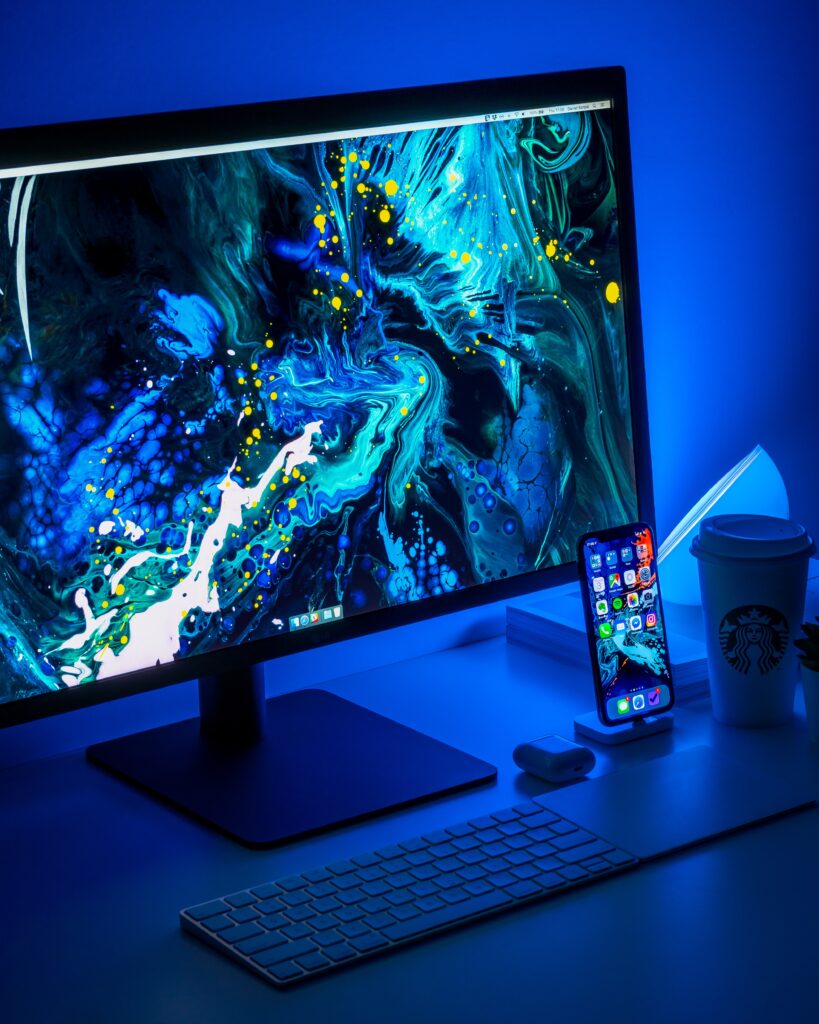
Factors to Consider when Choosing an OLED Gaming Monitor
Screen Size and Resolution
When selecting an OLED gaming monitor, screen size and resolution are crucial considerations. The screen size should suit your gaming setup and preferences, ensuring you have adequate viewing space without straining your eyes. Additionally, the resolution determines the level of detail and clarity in games. Common resolutions for gaming monitors include Full HD (1920×1080), Quad HD (2560×1440), and 4K Ultra HD (3840×2160). Choosing the right combination of screen size and resolution depends on factors such as your GPU capabilities, preferred level of detail, and available budget.
Refresh Rate
The refresh rate of an OLED gaming monitor is another important factor to consider. The refresh rate refers to how many times the screen refreshes per second and is measured in Hertz (Hz). A higher refresh rate results in smoother motion and reduces motion blur. For optimal gaming, a minimum refresh rate of 60Hz is recommended, while some gaming monitors offer 120Hz, 144Hz, or even higher options. Higher refresh rates are particularly beneficial for fast-paced games such as first-person shooters, where quick reactions and smooth movements are essential.
HDR Capability
High Dynamic Range (HDR) is a feature that enhances the color and contrast of the displayed content, resulting in a more realistic and visually striking image. Not all OLED monitors support HDR, so it’s important to consider this feature if you want to take full advantage of HDR-enabled games. HDR compatibility allows for better color accuracy, brighter highlights, and darker shadows, showcasing a broader range of tones and details. If HDR gaming is a priority, ensure that the OLED monitor you choose supports the specific HDR standard (e.g., HDR10 or Dolby Vision) utilized in your games.
Input Lag
Input lag is the delay between a user’s input (e.g., pressing a button on the controller) and the corresponding action appearing on the screen. A low input lag is crucial for gaming, as it ensures a more responsive and accurate gaming experience. OLED monitors generally have good input lag performance, but it’s still essential to check the specifications of a specific model when making a purchase. Look for monitors with low input lag ratings to minimize any delay between your actions and the on-screen response, thus enhancing the overall gaming experience.
G-Sync and FreeSync Support
G-Sync and FreeSync are technologies designed to synchronize the refresh rate of the monitor with the frame rate output of the graphics card, reducing screen tearing and stuttering during gameplay. G-Sync is developed by NVIDIA, while FreeSync is an open standard supported by AMD. When choosing an OLED gaming monitor, consider whether it supports either G-Sync or FreeSync, depending on your gaming setup. These technologies provide a smoother and more tear-free gaming experience, enhancing immersion and gameplay fluidity.

Best OLED Monitors for Gaming
Model A
Model A is a top-rated OLED gaming monitor known for its exceptional color accuracy, deep blacks, and fast response times. It offers a 27-inch screen size and a 4K resolution, delivering stunning visuals and intricate details. With a high refresh rate of 144Hz and HDR support, Model A is an excellent choice for gamers looking for an immersive and visually captivating gaming experience. Its low input lag and G-Sync compatibility further enhance gameplay smoothness and responsiveness.
Model B
Model B is a popular OLED gaming monitor known for its larger screen size and impressive features. With a 32-inch display and a 1440p resolution, it offers immersive gaming visuals without sacrificing pixel density. The monitor boasts a rapid 120Hz refresh rate and HDR compatibility, ensuring smooth and vibrant gaming experiences. Its low input lag and FreeSync support make it an excellent option for gamers looking for a balance between size, resolution, and performance.
Model C
Model C stands out as a budget-friendly OLED gaming monitor that doesn’t compromise on quality. With a 24-inch Full HD display, it provides a compact yet sharp gaming experience. Though it offers a lower refresh rate of 60Hz and lacks HDR support, Model C still delivers decent color accuracy and deep blacks for an immersive gaming experience. Its low input lag and G-Sync compatibility make it a suitable choice for budget-conscious gamers who prioritize smooth gameplay.
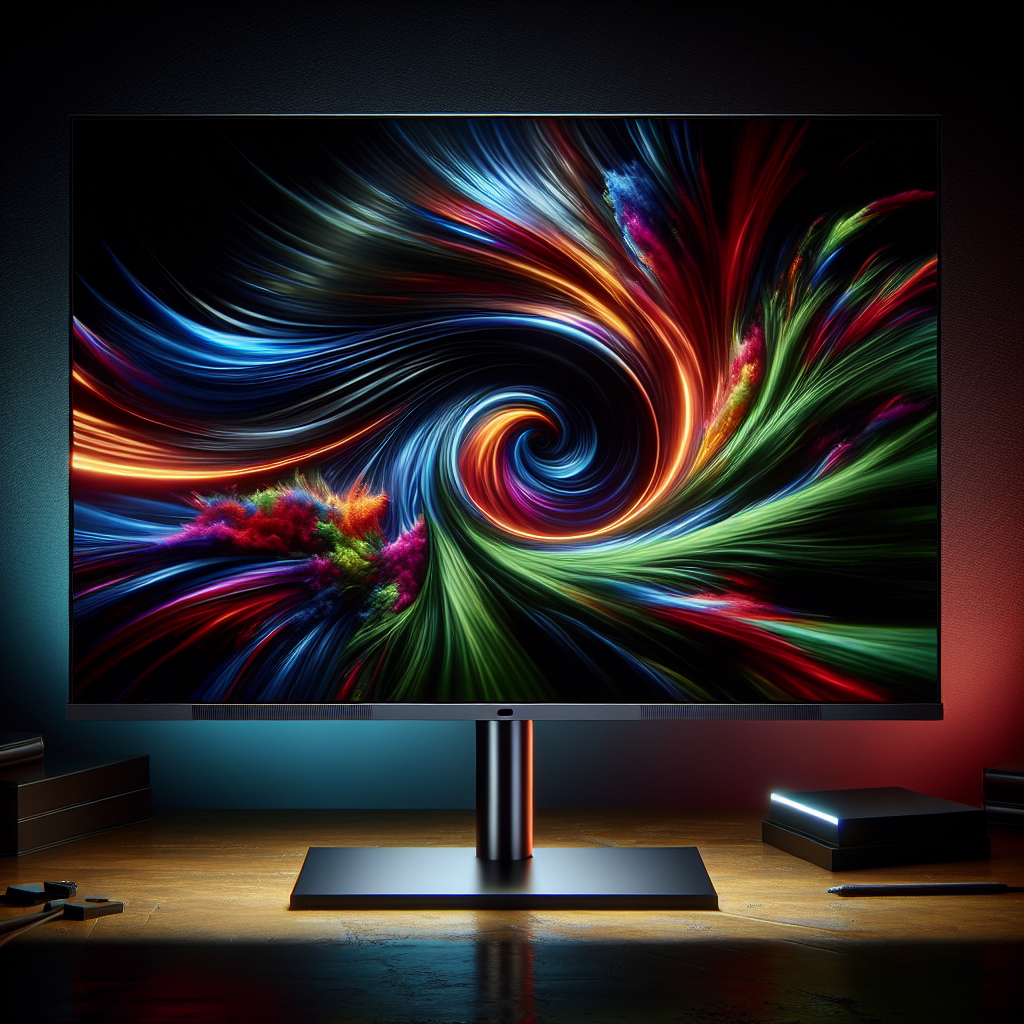
Tips for Optimizing Gaming Experience on an OLED Monitor
Adjusting Brightness and Contrast
To optimize your gaming experience on an OLED monitor, start by adjusting the brightness and contrast settings. OLED displays naturally offer deep blacks, so it’s important not to set the brightness too high, as it can affect the overall perceived image quality and potentially increase the risk of burn-in. Find a comfortable brightness level that allows you to see details clearly without straining your eyes. Additionally, adjusting the contrast can help enhance the visual depth and vibrancy of the colors in your games.
Enabling Variable Refresh Rate
If your OLED gaming monitor supports variable refresh rate technologies like G-Sync or FreeSync, be sure to enable them. Variable refresh rate synchronizes the monitor’s refresh rate with the frame rate output of your graphics card, eliminating screen tearing and stuttering. This results in smoother gameplay and improved visual clarity, enhancing your overall gaming experience. By enabling this feature, you can enjoy tear-free and seamless gameplay, especially during fast-paced and demanding gaming scenarios.
Applying Screen Saver or Pixel Shifting
To minimize the risk of burn-in and image retention on your OLED monitor, take advantage of built-in features such as screen savers or pixel shifting options. These features periodically move pixels on the screen, ensuring that no static image remains in one position for too long. This helps prevent permanent damage to individual pixels, improving the longevity and overall durability of your OLED monitor. Enabling these features, even during gameplay breaks or idle periods, can help maintain the screen’s image quality and extend its lifespan.
Using Dark Mode in Games
Many modern games offer a dark mode or night mode option that reduces the amount of bright and dynamic elements on the screen. Utilizing dark mode can help prolong the life of your OLED monitor by minimizing the strain on individual pixels. When playing games with predominantly dark or dimly lit environments, enabling dark mode not only enhances the visual atmosphere but also reduces the overall brightness and potential for static elements that could contribute to burn-in or image retention. Experiment with dark mode settings in your games to find the optimal balance between aesthetics and OLED monitor longevity.
In conclusion, OLED technology brings several benefits to gaming, including vibrant colors, deep blacks, and fast response times. However, it’s essential to consider factors such as burn-in risk, image retention, and limited brightness. When comparing OLED to other gaming monitor technologies, each has its strengths and considerations. Factors to consider when choosing an OLED gaming monitor include screen size and resolution, refresh rate, HDR capability, input lag, and G-Sync or FreeSync support. The best OLED monitors for gaming vary depending on individual needs, but Model A, Model B, and Model C are notable options. To optimize the gaming experience on an OLED monitor, adjust brightness and contrast, enable variable refresh rate, apply screen savers or pixel shifting, and consider using dark mode in games. With these considerations and tips in mind, gaming on an OLED monitor can offer a visually stunning and immersive experience.

